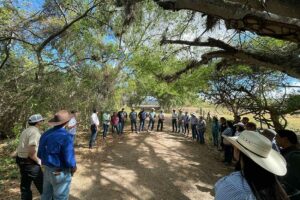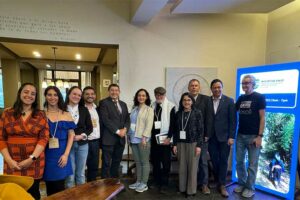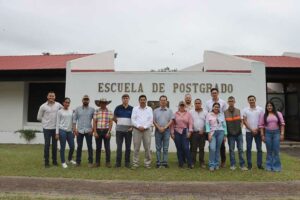Researchers of the KoLFACI café project reviewed progress and expanded their expertise
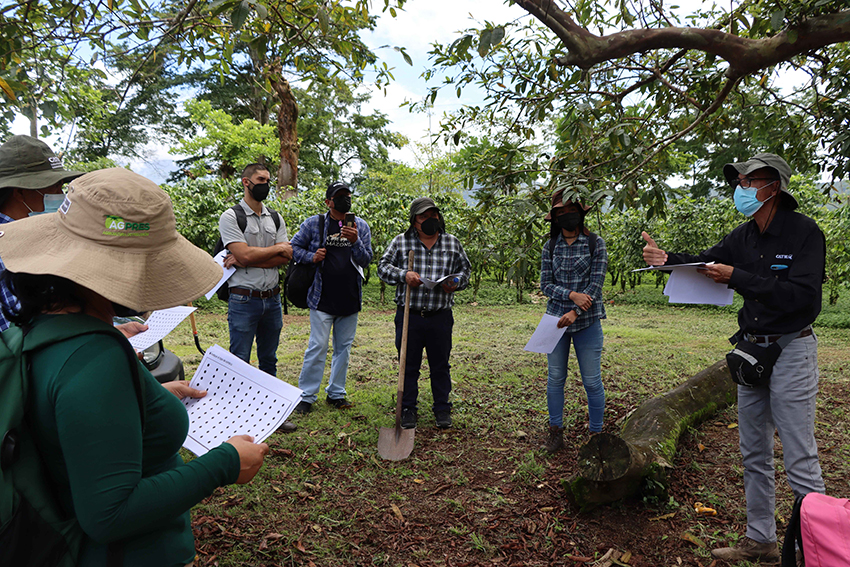
- This project is being developed in eight Latin American countries and seeks to increase sustainable coffee production through participatory research on varieties and types of pruning.
July 5, 2022. During the week of June 20-24, 14 representatives of international institutions involved in the project Participatory research on varieties and types of pruning, with fertilization programs to increase sustainable coffee production of small farmers, held their annual meeting in Costa Rica, specifically at CATIE (Tropical Agricultural Research and Higher Education Center); the institution that coordinates the project, which is funded by the Korean Cooperation for Food and Agriculture in Latin America (KoLFACI).
The event was aimed at reviewing the progress of the project and defining good practices and response variables in the coffee trials that exist in the eight countries where the project is being implemented. In addition, technical training was provided to researchers on topics such as good agro-forestry practices, agronomic measurements, data management and data analysis in coffee pruning research. In addition, field data collection instruments, which are fundamental for the research, were reviewed.
The participating countries and institutions were Bolivia (National Institute for Agricultural, Livestock and Forestry Innovation-INIAF); Peru (National Institute for Agrarian Innovation INIA); Panama (Ministry of Agricultural Development -MIDA); Costa Rica (Costa Rican Coffee Institute-ICAFE); Nicaragua (Nicaraguan Institute of Agricultural Technology-INTA); Guatemala (Institute of Agricultural Science and Technology-ICTA); El Salvador (Enrique Álvarez Córdova National Center for Agricultural and Forestry Technology-CENTA); and Honduras (Directorate of Agricultural Science and Technology-SAG-DICTA).
Alejandro Segovia, from CENTA El Salvador, indicated that the event was an experience that mixed theory and real practices, allowing for the standardization of the measurement of the varied responses of the trials that have been established in each country; in addition, it allowed the participants to learn about experimental designs, the use of the statistical software InfoStat, as well as the coffee varieties and hybrids that are available for research and agro-forestry studies in association with coffee.
Aroldo Roderico García, from ICTA Guatemala, said that through the field visits, which included visits to the International Coffee Collection, research plots and a sustainable farm that uses technology, they cleared up any remaining concerns and showed them the way forward with organized small and medium-sized producers.
Lenin Cálix Pineda, of DICTA Honduras, noted that the meeting provided an opportunity to present the progress made to date by each of the member countries of the project. "Without a doubt, we have interacted among colleagues and shared our experiences according to each country's scenario," said Pineda.
Finally, Rolando Cerda, CATIE's project coordinator, explained that the Center, as the coordinating body at the regional level, provides the guidance and technical assistance required to achieve the research goals established within the framework of the KoLFACI café project.
This project seeks to design innovative technologies that combine varieties and types of pruning, in demonstration plots with traditional coffee varieties and in coffee plantations with improved varieties; determine the appropriate doses of fertilization for each type of pruning and variety, based on a nutrient balance projection; monitor costs and income with the technologies; increase the capacities of local researchers and students to develop research and extension; as well as disseminate the innovative technologies in each country through workshops and teaching materials.
"The expected impact is that yields with the application of the technologies, in general, will increase by 30%," said Cerda, who also indicated that after the annual meeting, agreements or consensus were reached for the implementation of pending activities, monitoring instruments were generated to be applied in all countries and a fluid communication network was established among project participants.
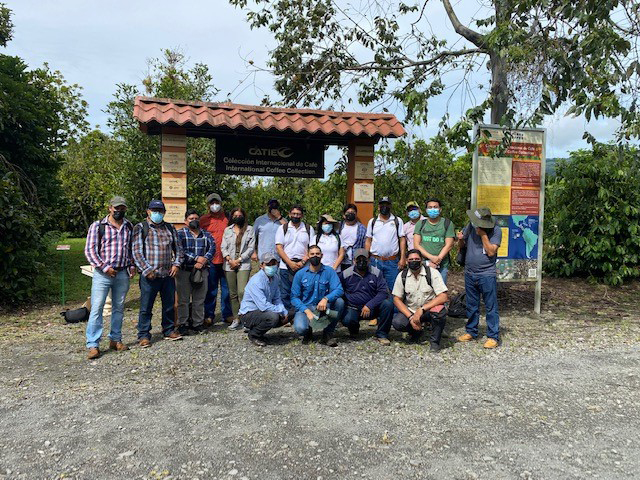
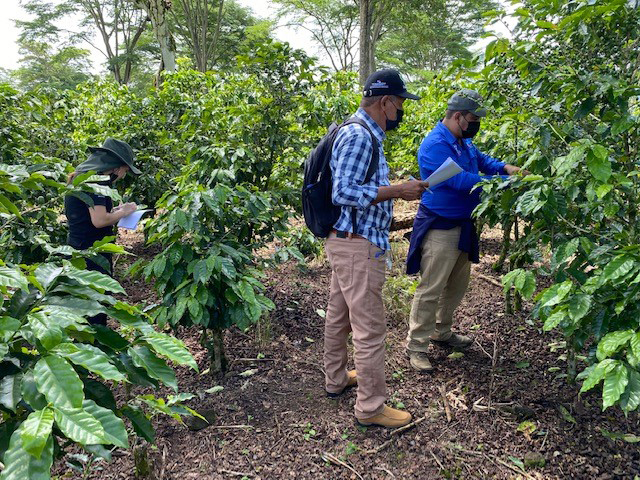
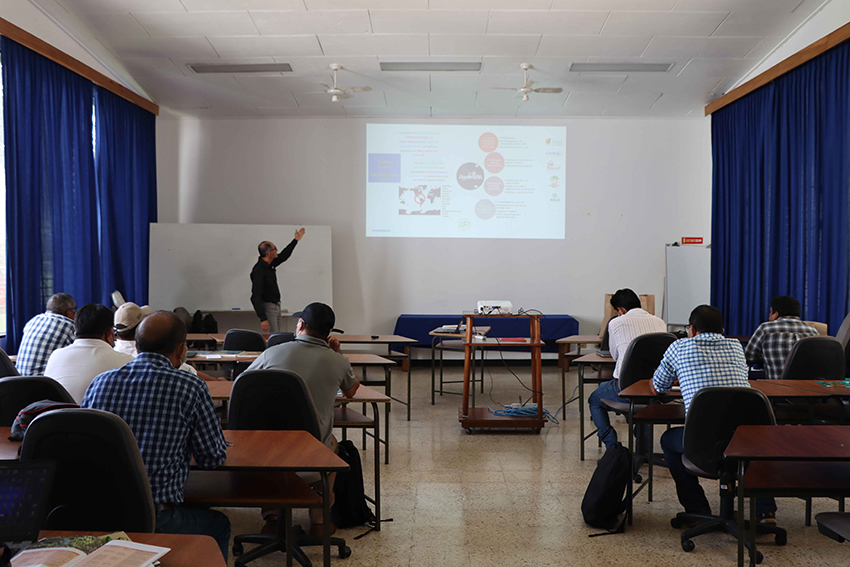
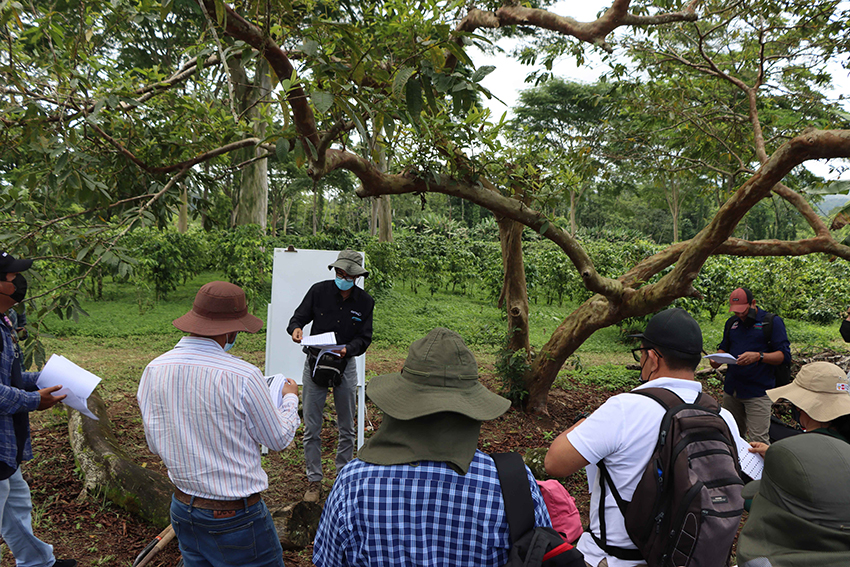
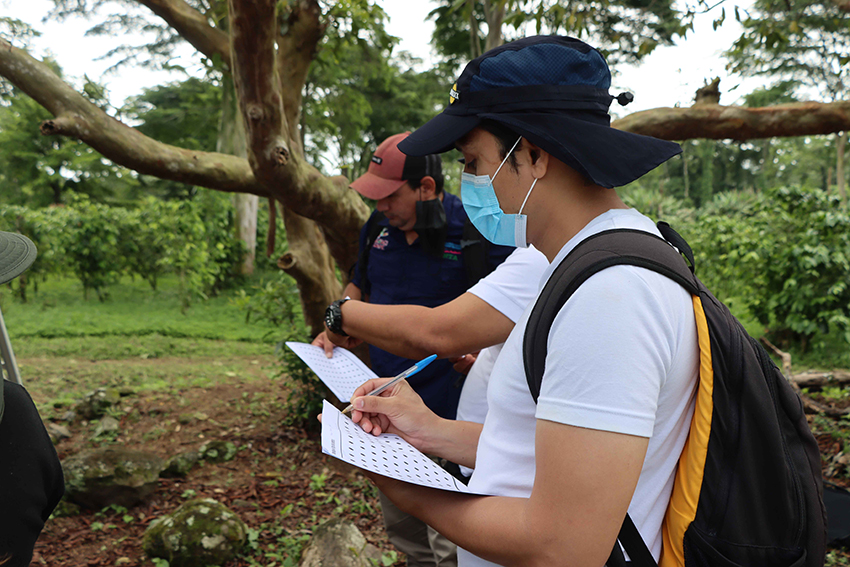
Written by:
Karla Salazar Leiva
Communications Officer
Information Technology and Communication
CATIE

